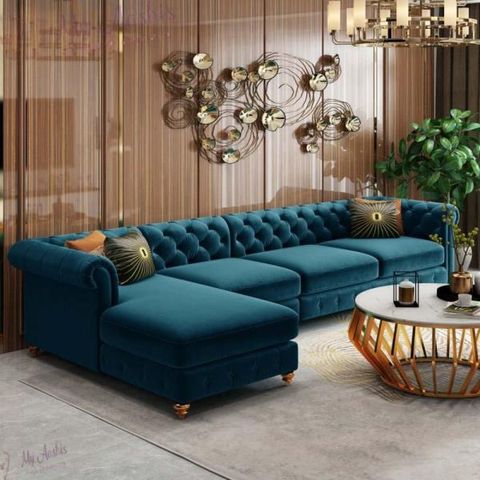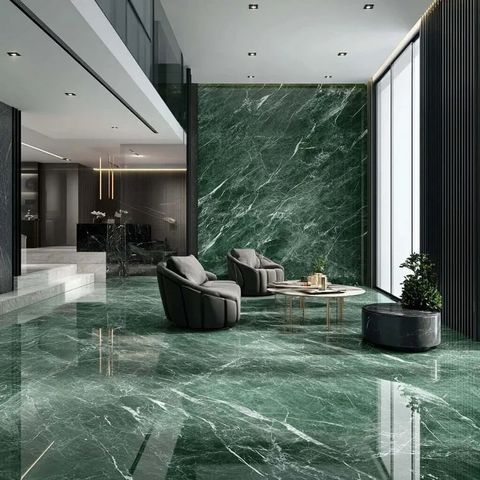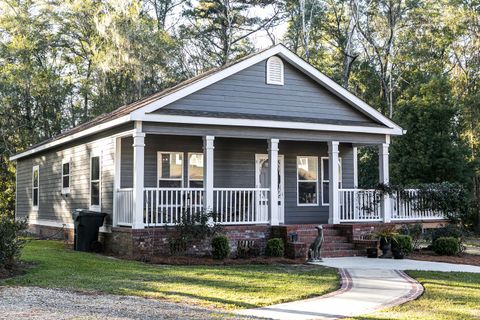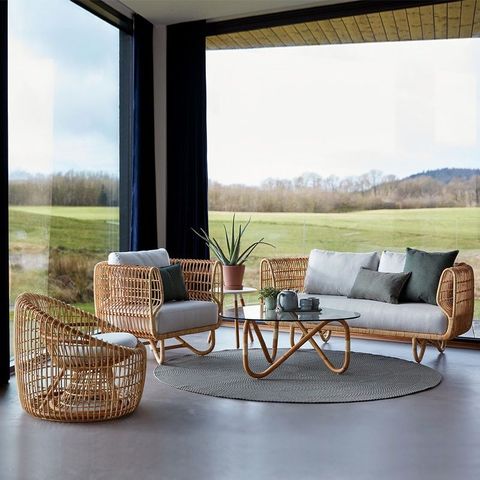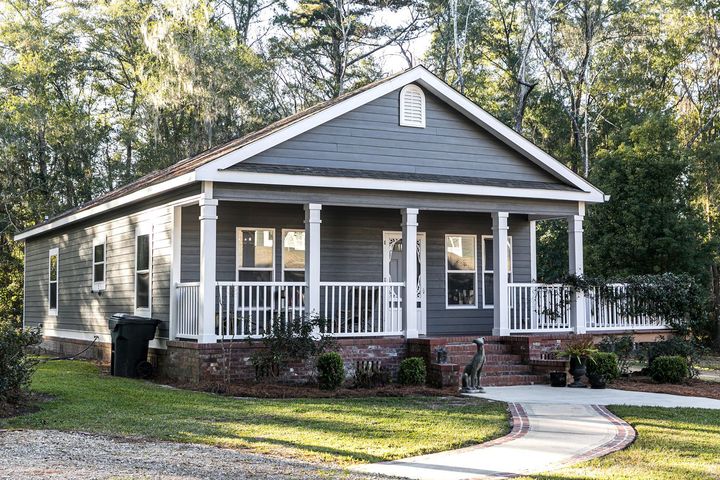
How to Build a Prefab Home: A Step-by-Step Process
Prefabricated homes, often called prefab or modular homes, are structures built off-site in a factory, in controlled conditions. Once the components or modules are complete, they are transported to the final building site and assembled on a prepared foundation. This method of construction is not new, but modern advancements have transformed the industry, moving it far beyond its association with low-quality, temporary housing. Today, prefab homes are synonymous with high-tech, sustainable, and aesthetically pleasing architecture.
Why Prefabrication Matters Today

The rise of modern prefab homes is a direct response to some of the most pressing issues in the housing market and construction industry today. The method offers compelling advantages that affect various stakeholders and solve critical problems.
Who It Affects
Prospective Homebuyers: Prefabrication makes homeownership more accessible, especially for first-time buyers and those on a budget.
Real Estate Developers and Architects: It provides a faster, more predictable, and more scalable way to execute residential and commercial projects.
Governments and Urban Planners: Prefab is seen as a key strategy to address housing shortages and create sustainable urban developments.
Problems It Solves
Cost Efficiency: Factory production significantly reduces costs. Bulk purchasing of materials, less on-site labor, and minimal material waste contribute to a more affordable final price.
Speed of Construction: A prefab home can be built in a factory in a matter of weeks, while site work (like preparing the foundation) happens concurrently. This parallel process can cut the total construction time by 30-50% compared to traditional "stick-built" homes.
Quality and Durability: Building in a climate-controlled factory eliminates the risk of weather damage to materials. The use of standardized processes and specialized machinery ensures a high degree of precision and quality control, often exceeding that of on-site construction.
Sustainability: Prefabrication is inherently more sustainable. The factory setting minimizes material waste, and the designs often incorporate energy-efficient features, such as super-insulated walls and high-performance windows, which lead to lower energy consumption and utility bills for the homeowner.
Recent Updates and Trends
The prefabricated construction industry is a hub of innovation, driven by new technologies and a growing global demand. Over the past year (late 2024 to mid-2025), several notable trends have emerged.
Integration of AI and Automation: Artificial intelligence is being integrated into the design and manufacturing process. AI-driven software can now optimize designs for structural strength and material efficiency. In the factory, robots are used for tasks like welding and assembly, increasing precision, reducing human error, and accelerating production timelines.
Rise of Net-Zero and Passive House Designs: There is a strong market push towards sustainability, and prefab homes are at the forefront of this movement. An increasing number of manufacturers are specializing in net-zero homes, which generate as much energy as they consume annually, often through integrated solar panels and advanced insulation. Passive House standards, which focus on superior thermal performance to minimize the need for active heating or cooling, are also becoming a standard offering.
Material Innovation: While wood remains a popular material, there is a growing use of eco-friendly materials such as cross-laminated timber (CLT) and recycled composites. Insulated Concrete Forms (ICFs) are also gaining popularity for their excellent thermal performance and structural durability.
Multi-Family and High-Rise Prefabrication: Prefabrication is no longer limited to single-family homes. A major trend is the use of modular units to build multi-story apartment buildings, hotels, and student housing. This is particularly relevant in urban areas where high-density, rapid construction is a priority.
Laws and Policies
Despite the innovation, the prefabricated housing industry must navigate a complex web of laws, regulations, and government policies. These are crucial for ensuring the safety, quality, and fair integration of prefab homes into communities.
Building Codes and Certifications: Prefab homes must comply with the same local and national building codes as traditional stick-built homes. In many regions, this compliance is verified through a third-party inspection process at the factory. Each module receives a certification seal before it leaves the plant, which is then approved by a local inspector upon arrival at the site.
Zoning Laws: The perception of prefab homes as temporary structures has led to some zoning restrictions in the past. However, most modern prefab homes are now treated the same as conventional homes under zoning laws. They are subject to the same rules regarding setbacks, lot size, and height restrictions. The onus is on the manufacturer and the client to ensure the design complies with all local zoning ordinances.
Government Initiatives: Many governments are actively promoting prefabricated construction as a solution to housing shortages and climate change goals. In India, for example, government schemes like the Pradhan Mantri Awas Yojana (PMAY) have shown interest in prefabricated technologies to speed up the construction of affordable housing. Global housing challenges are increasingly leading to supportive policies, including tax incentives and streamlined permitting processes for modular construction projects.
Tools and Resources
For those interested in exploring prefab homes, a wide range of tools and resources are available to help with everything from initial research to final construction.
Online Galleries and Portfolios: Websites of prefab manufacturers like Blu Homes or Method Homes and platforms like Prefab Review provide extensive galleries of completed projects, floor plans, and design options.
3D Modeling and Design Software: Architects and designers specializing in prefab use software like Revit or SketchUp to create detailed, to-scale models of the homes. These models can be shared with clients to provide a virtual walkthrough of the final product.
Cost Calculators: Many builders and third-party websites offer online calculators that provide a rough estimate of the total project cost, taking into account the size of the home, location, and desired finishes.
Professional Associations: Organizations such as the Modular Building Institute (MBI) serve as a resource for industry information, best practices, and a directory of qualified manufacturers and builders.
Frequently Asked Questions
Are prefab homes durable?
Yes. Modern prefab homes are built to a high standard, often exceeding the durability of traditional homes. The factory-controlled environment and rigorous quality control measures ensure that the materials and structure are precisely engineered and assembled.
Can I customize a prefab home?
Yes, most manufacturers offer a wide range of customization options. While the core structure is standardized, clients can typically choose from different floor plans, exterior finishes, interior layouts, window styles, and material selections to personalize their home.
How is a prefab home different from a mobile home?
A mobile home (or manufactured home) is built to federal HUD standards on a permanent chassis and is designed to be mobile. A prefab or modular home is built to the same local and state building codes as a traditional home, is placed on a permanent foundation, and is not designed to be moved once assembled.
How long does it take to build a prefab home?
The entire process, from design to delivery and final assembly, typically takes a few months. The factory construction itself is often completed in just 4 to 8 weeks, while the site work is done simultaneously, which drastically reduces the overall project timeline.
Conclusion
Modern prefabricated homes represent a significant shift in the construction industry, offering a compelling alternative to traditional building methods. They are a viable, innovative, and increasingly popular solution to the challenges of affordability, sustainability, and efficiency. By embracing factory-based precision and cutting-edge technology, prefab homes are not just a temporary fix; they are a key part of the future of housing, delivering high-quality, sustainable living spaces for tomorrow's world, today.

